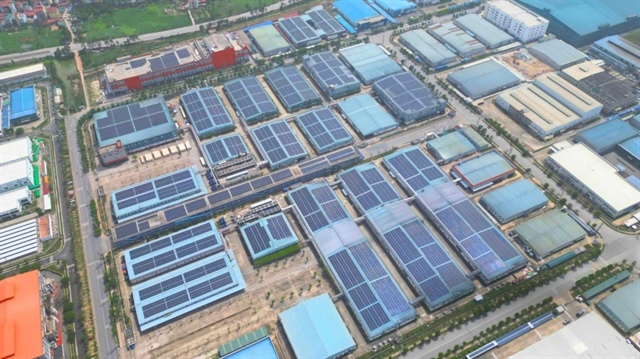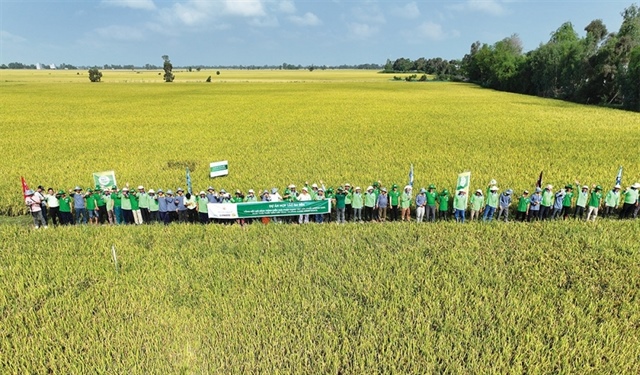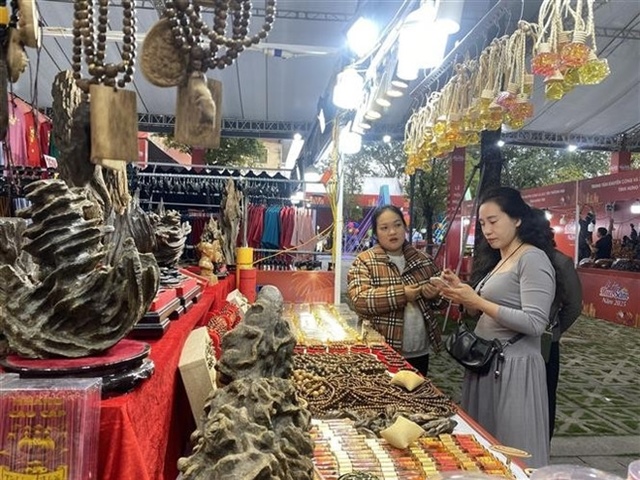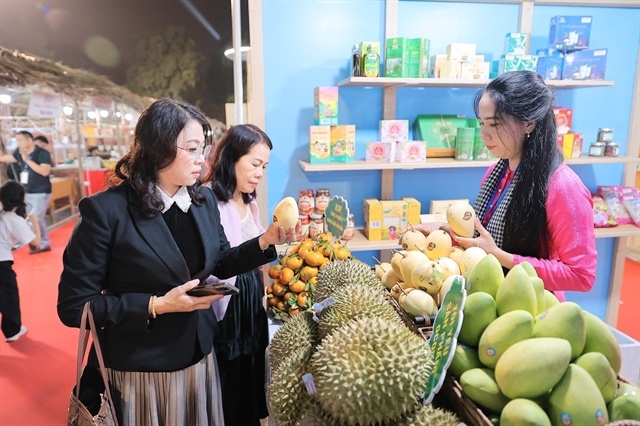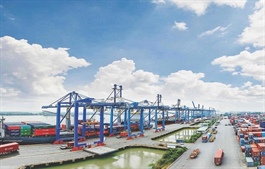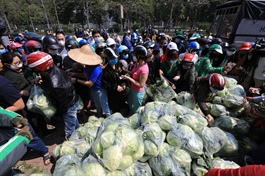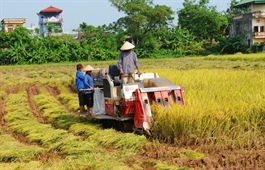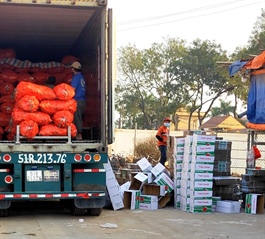Five breakthrough solutions for garment and textile sector
Five breakthrough solutions for garment and textile sector
Vu Duc Giang, chairman of the Vietnam Textile and Apparel Association, talked about the development of Vietnam’s garment and textile sector in 2021 in an interview with Vietnam Economic News’ Do Nga.
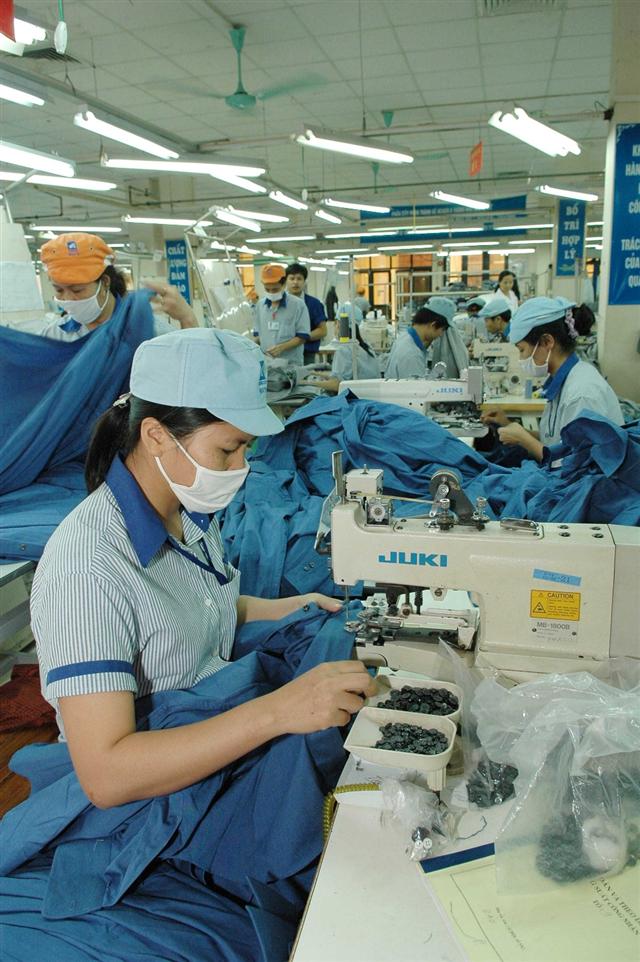
Garment and textile businesses need to promote chain linkages
|
What challenges did the garment and textile sector experience in 2020?
Vietnam’s garment and textile sector experienced major challenges in 2020 due to the impact of the Covid-19 pandemic. Specifically, in the first quarter of 2020, the sector had to deal with interrupted raw material supplies, which widely affected business stability and employment. In addition, weak purchasing power, shuttered retail systems, supermarkets and stores, and late payments had a significant impact on stable production.
The garment and textile sector proposed solutions to overcome these difficulties. Businesses had focused on developing supply chain linkages, while paying more attention to the deployment of the garment and textile sector’s greening program for sustainable development. Thanks to greater efforts, the sector’s export turnover reached US$35.27 billion in 2020.
What solutions should the garment and textile sector implement in 2021?
The global garment and textile market will not return to the 2019 demand levels until the fourth quarter of 2023, so that 2021 will still be tough for the sector, depending on how the Covid-19 pandemic develops. We have come up with five solutions.
First, businesses must adapt to the new normal situation with the decline in global purchasing power.
Second, businesses must study market needs and changes in order to seek suitable solutions and measures and actively respond to the difficulties.
Third, supply chain linkages must be developed, especially with companies in regional countries and in nations that have signed free trade agreements with Vietnam. In my opinion, this is a vital issue for sustainable development.
Fourth, Vietnam’s garment and textile sector needs to devise a sustainable development strategy. In particular, business models must change to meet the needs of global brands and consumers. Vietnamese garment and textile businesses have to pay more attention to certificates of origin and product safety criteria.
Fifth, the application of scientific and technological achievements in the garment and textile sector plays an important role. Businesses should invest strongly in automated production lines, especially for spinning, weaving and dyeing.
What are your recommendations?
|
To ensure stable development for the garment and textile sector, the government and the Ministry of Industry and Trade should soon issue a development strategy for the 2030-2040 period, which should identify key areas and products for development. In addition, to be more active in the supply of raw materials, businesses need to design solutions to promote chain linkages. The Vietnam Textile and Apparel Association will strengthen information dissemination and create a foundation for businesses to promote their development. In particular, small- and medium-sized enterprises need to cooperate with large businesses to secure orders.
Mechanisms and policies for the sector must be open to ensure stable contributions to the economy and more jobs for workers. The garment and textile sector is targeting an export turnover of US$38-39 billion in 2021.
In November 2019, Prime Minister Nguyen Xuan Phuc set a target of at least 30 Vietnamese brands having major influence in the world market by 2030. To achieve the goal, it is necessary to plan strategic brands for financial investment and brand promotion.




